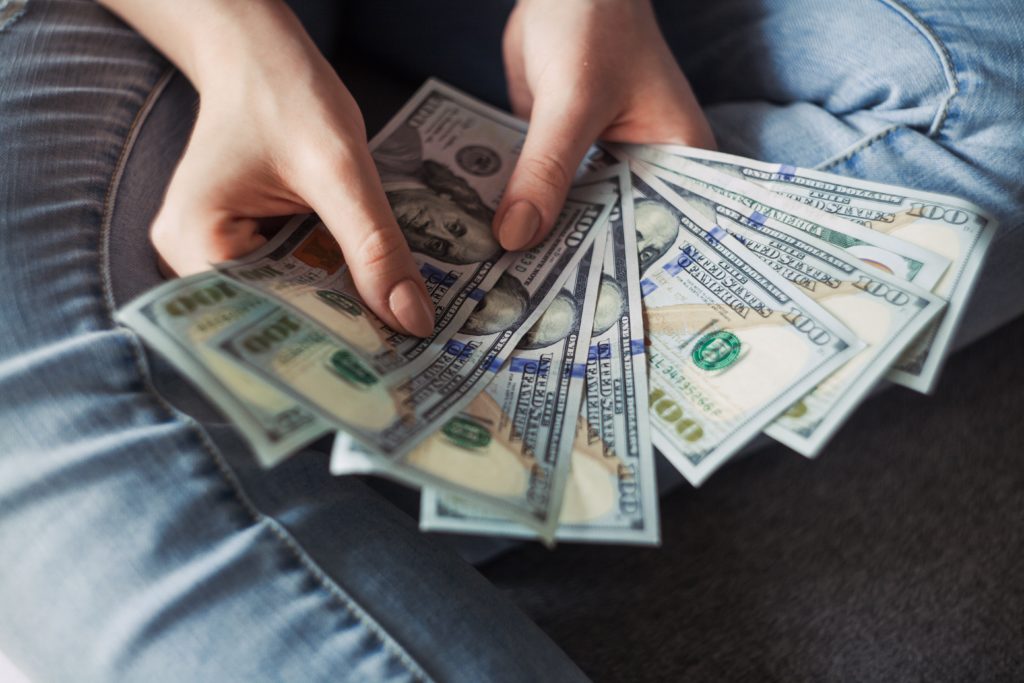I often hear indie authors—and authors in general—demonizing publishers for doing a poor job of marketing books. The usual complaint is that publishers “Don’t spend a dime on promotion.” But that isn’t true. Publishers often make huge investments on books, but the author never sees or hears about it. That’s because the investments are usually made in part with what we call “cooperative advertising.” That’s where the bookstore takes a larger percent of sales on certain books in exchange for running promotions. Here are 20 hidden costs of publishing.
Traditional Publishing Costs
Let’s take a look at the costs. There are certain hard costs that a publisher can’t escape. These costs include:
- Managers who oversee operations of the publisher
- Editors who select, edit, and prepare manuscripts full-time
- Art directors
- The artist and book designer who prepare the look of the book
- Legal fees for preparing contracts, securing copyrights, etc.
- Marketing personnel
- Office maintenance personnel
- The cost of paper to print the book
- The cost of setup and labor for printing
- The cost for shipping the books from printers to warehouses
- The cost of shipping the books to bookstores
- Oh, yes, and the cost of purchasing rights from an author!
Monthly Costs and Cooperative Advertising
Now, you’ll see that these hard costs up to this point are unavoidable, but there are certain marketing costs that publishers have to pay every month. These include:
- Sending out galleys to critics, reviewers, and influencers. This might not sound like much to you, but the cost of mailing 500 galleys is around $5000 as a minimum. There is the price of printing the galleys, packaging, mailing them, and of course staff to do all of that.
- Print ads. Publishers print up advertisements for the bookstore buyers and send out sales reps to talk with them personally. They also put out ads in fiction magazines. In newspapers, and in review columns.
- Books shows. The publisher goes to several book-shows per year in places like Germany, England, the US, and so on to display wares to other publishers who may want to sublicense rights.
- Awards. Publishers try to increase the visibility of books by submitting them for awards. Some awards have whopping fees attached to them just for entering. Many of them charge publishers thousands of dollars to display information like, “Winner of the Newbery Award,” along with their official seal.
- Sending writers on publicity tours. If you’re a big enough name, your publisher may spend tens of thousands to send you on a book tour to visit stores.
- Sending authors to do television or radio interviews, appear at conferences, and so on.
- Book displays. Publishers often pay for book displays in bookstores. If you see a book in the window of a bookstore or behind the counter, you’re probably not aware the publisher may be spending millions of dollars up-front just to buy that advertising space in the store. So a publisher might pay a chain like Barnes & Noble millions of dollars for those major spaces. If the publisher wants to have the book displayed in a special floor display, there will be an extra charge for setting up 2000 displays. But wait, there’s more. Every space may have its price!
After the publisher pays for all of that, there isn’t much of a potential profit margin left on a book. A $20 book has about 60% of the money going to the bookstores and the distributors. That leaves $8 to pay for the paper, printing, author, covers, and all the other associated expenses—including more advertising.
- And now we get to the cooperative advertising. Let’s say that a publisher puts out a book and wants to promote it heavily. They want people to see the front cover instead of the spine—so they pay the bookstore extra to display the book cover-forward. On a $20 book, that might be an extra $2 shaved off of the potential profit.
But wait, there’s more!
One strategy for increasing the visibility of a book is to have it displayed in several places. You can put it on the “Hot new releases wall,” in the “new releases” section for the genre, in the “soon-to-be-a-major-motion-picture” section of the store, on an endcap display, on its own table, and so on. Each time that the publisher adds a new slot, there may be an extra charge. The publisher doesn’t necessarily pay for it up front, but takes a huge hit on the potential return on investment for the books.
Now, the publisher doesn’t talk about how much they are spending on promotion. It would leave too many disgruntled authors. Every author wishes that a publisher would go full-bore on promoting their book, but the honest fact of the matter is that by promoting everyone to the fullest extent—by treating every books as if it were a masterpiece—the publisher would quickly find him or herself losing money.
The only time that a publisher can spend more money marketing a book is when it makes good sense, when you as an author write such a dazzling, powerful, special book, it justifies an extraordinary investment.
So the publishers are forced to sit glumly and accept it while being defamed by the uninformed.








